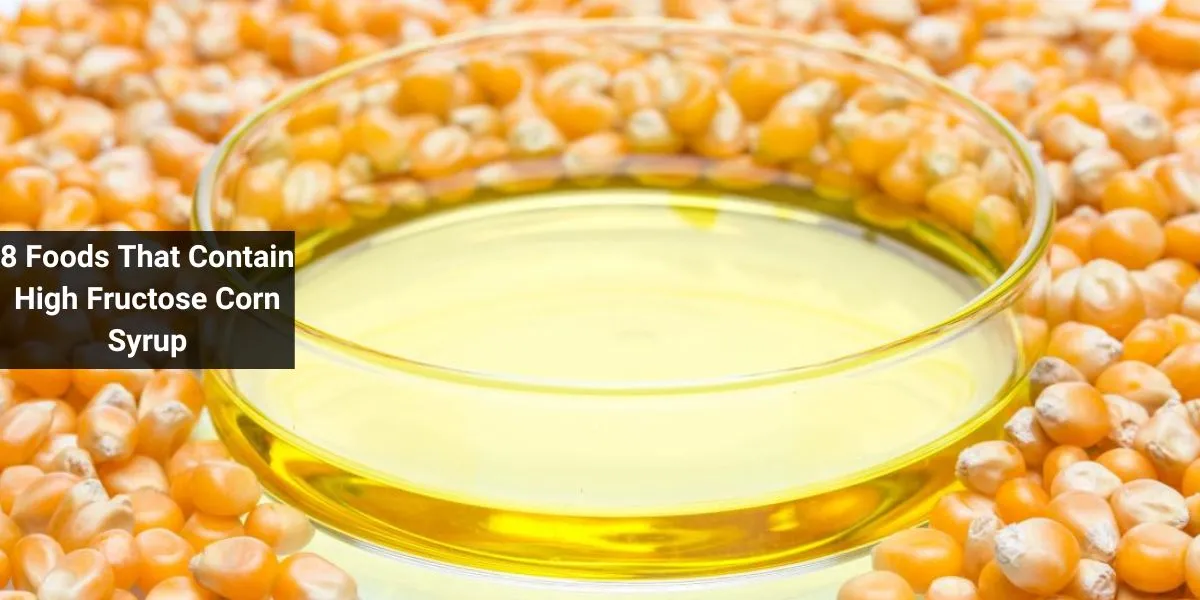High fructose corn syrup, a common sweetener made from corn starch, has been a staple in the food industry since the 1970s. Due to its cost-effectiveness and enhanced sweetness, HFCS has found its way into numerous food products. However, its rise has coincided with growing health concerns, linking excessive HFCS consumption to obesity, diabetes, and heart disease. Understanding where HFCS lurks can empower us to make healthier choices.
Soft Drinks: The Liquid Culprit
A Sugary Sip Down HFCS Lane
Soft drinks are the poster children for HFCS, with many popular brands relying heavily on this sweetener. A single can of soda can contain more than your entire daily recommended sugar intake, making it a significant contributor to the HFCS problem.
Processed Snacks: The Hidden Sweetness
More Than Just a Crunch
From chips to granola bars, processed snacks often contain HFCS, even when they’re marketed as “healthy.” This hidden sweetness adds unnecessary calories and sugar to snacks that already lack nutritional value.
Salad Dressings: The Sugary Disguise
Sweetness in Every Spoonful
It might surprise you, but many commercial salad dressings are loaded with HFCS. What seems like a healthy salad can quickly become a sugar bomb, undermining your nutritious intentions.
Bread: The Unexpected Carrier
Not Just Yeast and Flour
Believe it or not, HFCS can be found in many types of bread, including those that seem wholesome. This addition turns a simple sandwich into a secret sugar feast, highlighting the importance of inspecting bread labels closely.
Canned Fruits: Sugar-Packed Preserves
Fruit, with a Side of HFCS
Canned fruits may seem like a convenient way to get your daily fruit intake, but the syrup they’re often packed in is brimming with HFCS. Opting for fresh or frozen fruits can help you avoid this sneaky source of sugar.
Breakfast Cereals: A Sugary Start
Morning Bowls of HFCS
Many breakfast cereals, especially those targeted at children, are high in HFCS. Starting the day with a high-sugar breakfast can lead to energy crashes and hinder a balanced diet.
Yogurt: The Creamy Conundrum
Not All Yogurts Are Created Equal
While yogurt can be a great source of protein and probiotics, many flavored varieties contain HFCS. Choosing plain yogurt and adding fresh fruit can provide the sweetness you crave without the added HFCS.
Frozen Dinners: Convenience at a Cost
Quick Meals, Hidden Sugars
Frozen dinners are the epitome of convenience, but this convenience often comes with a high HFCS price tag. Even savory meals can contain surprising amounts of HFCS, making it vital to check the ingredient list.
Conclusion: Navigating the HFCS Maze
High fructose corn syrup’s omnipresence in our food supply makes it challenging to avoid, but being informed is the first step toward healthier eating habits. By reading labels, choosing whole foods, and being mindful of the hidden sources of HFCS, we can take control of our diets and our health.
FAQ:
Why is high fructose corn syrup used so widely?
HFCS is inexpensive, sweetens effectively, and extends the shelf life of foods, making it a go-to choice for many manufacturers.
Can HFCS consumption be linked to health problems?
Yes, excessive intake of HFCS has been associated with obesity, type 2 diabetes, and metabolic syndrome, among other health issues.
How can I avoid HFCS in my diet?
Focus on whole, unprocessed foods, and always read the ingredient labels on packaged foods. Opt for products labeled “no HFCS” or those that use natural sweeteners.
Is HFCS worse than sugar?
Both HFCS and table sugar contain similar amounts of fructose and can lead to health problems when consumed in excess. The key is moderation.
Are there any safe alternatives to HFCS?
Natural sweeteners like honey, maple syrup, and agave nectar can be healthier alternatives, but they should still be used sparingly due to their high sugar content.
